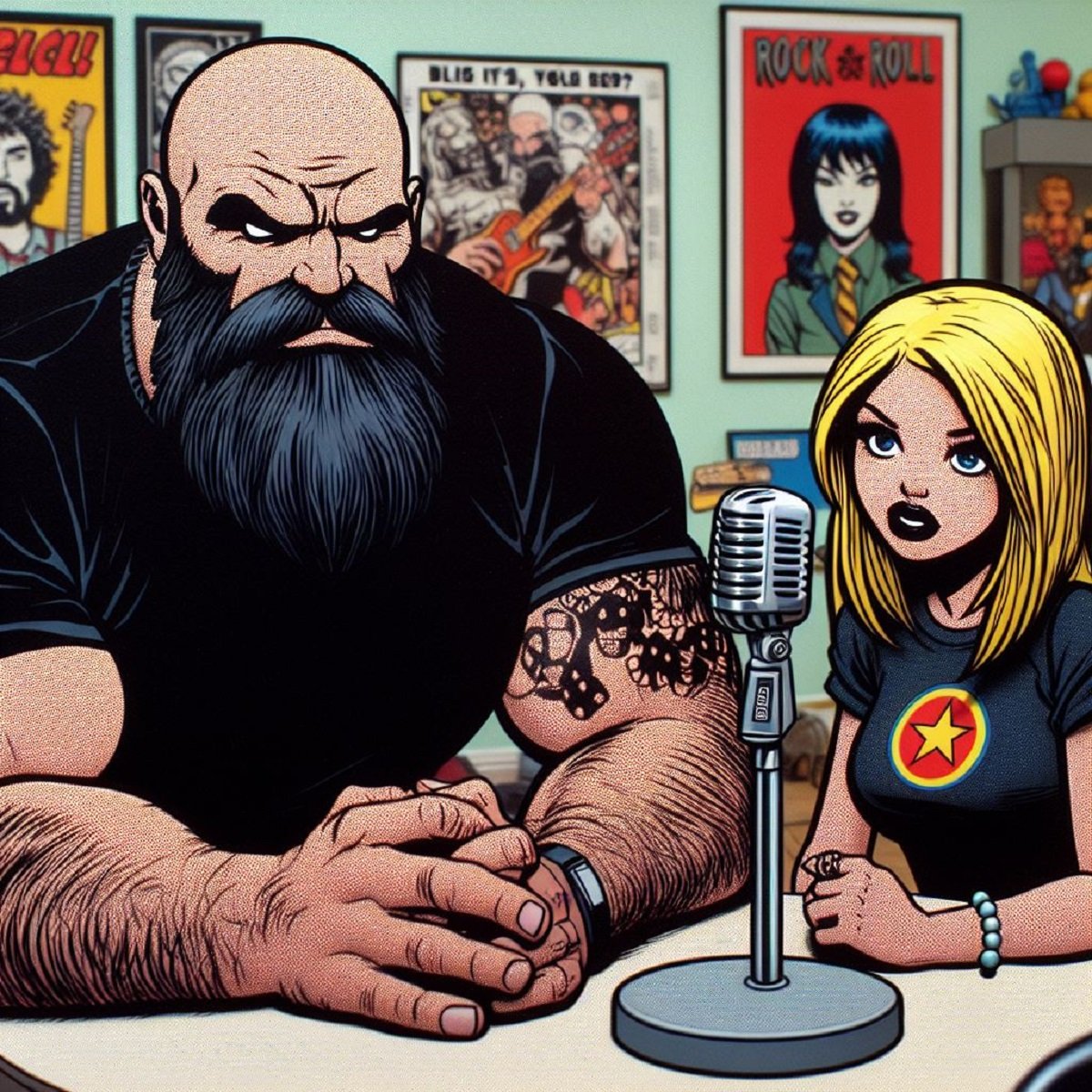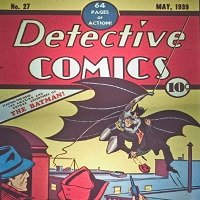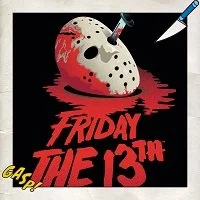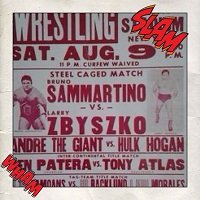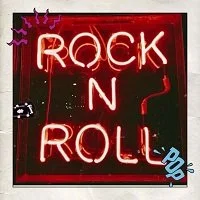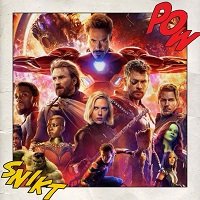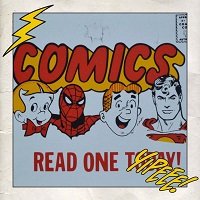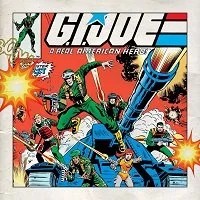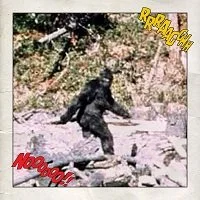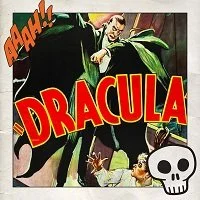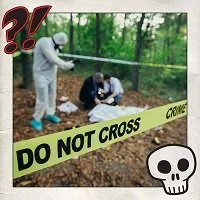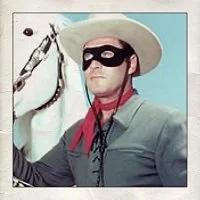Echos Of The Pop - The early history of Rap music
By: Juan Nunez (Twitter)
The date is August 11, 1973. The place is the community recreation room at 1520 Sedgwick Avenue, an apartment building located in the Bronx borough of New York City. An 18-year-old named Clive Campbell is throwing a birthday party for his sister Cindy. The Campbell family emigrated to the Bronx in the 1960s from Jamaica, and Clive has been organizing parties for his fellow teenage friends in the South Bronx for a couple of years. He earned the nickname "Kool Herc," and he is about to change the world.
The early 1970s was a hard time for New York City, especially in The Bronx. The building of the Cross Bronx Expressway took decades to complete, cost the city millions of dollars, and was a significant factor in middle-class Bronx families fleeing from the City to the suburbs. In general, New York City was well on its way towards the lowest point in the City's history in the late 1970s-early 1980s, and arguably no area suffered more than the South Bronx. Parties like the ones thrown by DJ Kool Herc and others were some of the few opportunities for escapism that teenagers in the area had.
During the previous year, Kool Herc developed a new style of DJing, which he called "The Merry Go Round." It involved taking the extended instrumental breaks in Funk music, such as those in James Brown records, and using them to seamlessly connect tracks together into long vocal-less tracks that the crowd could dance to. Here is Herc explaining the development of this technique:
On that August 11th party, Herc took it to the next level by connecting two copies of the same song, the break from Jame Brown's Give It Up Or Turnit Loose. Creating a new song from a piece of another song. This was the birth of Rap music.
The vocals of Rap music, Rapping, were introduced by a man named Coke La Rock. In a practice that dated back to Jamaican Dance Halls that inspired the format of DJ Kool Herc's parties, it was common for the DJ to get on the mic and speak to the audience in order to maintain the energy of the party up. Coke La Rock was a friend of Kool Herc, who helped organize the parties, and he would also get on the mic to address the audience. He was the first to introduce rhymes, which is how Rapping was born. The standard Rap phrase "you rock and you don't stop" was introduced by Coke La Rock. These early rhymes were short and not yet fully synced to the rhythm of the music.
Anthony Holloway, aka DJ Hollywood, is credited with taking the early formula of DJ Kool Herc and Coke La Rock to the next level and forming something more recognizable as Rap Music today. In 1975, he was the first to do a long rhyme to the rhythm of the music. This is the invention of "flow."
DJ Cool Herc
Hip-Hop cultural was a movement developed around music, and it has four main elements:
* DJing - Using turntables and techniques such as scratching and fading to create new music.
* MCing - Originating from the term "Master Of Ceremonies," it's the act of speaking lyrics to the rhythm of the music.
* Breakdancing - The new form of dance that developed around Rap music. B-Boys and B-Girls perform breakdancing. The "b" coming from the song breaks.
* Beatboxing - Using your mouth create music via percussion sounds.
Arguably, there is a 5th element, Graffiti. While the popularity of Graffiti and Hip-Hop in the inner City go hand in hand, the origins of Graffiti predate Hip-Hop culture, and it isn't directly tied to music. So including it becomes an arguable point. From these elements, a new wave of expression was born that took different forms, from slang to fashion.
As the first generation of Rap music and Hip-Hop culture developed, many influences were incorporated in. Jazz Scat singing and civil rights era poetry group The Last Poets were huge influences on the vocals of Rap music. Funk, Disco, and Hard Rock were primary music genres that DJ's build tracks around. Busy Bee Starski, Melle Mel, Lovebug Starski, and Kool DJ AJ were some of the start of the early years of Hip-Hop and Rap music. One name stood above them all in these early years of Hip-Hop, Afrika Bambaataa.
At best, Bambaataa can also be described as one of the founding fathers of Hip-Hop culture. At worse, he can also be considered a monster and a cult leader. The group that he formed, Universal Zulu Nation, promoted the idea of Hip-Hop as peace, love, and fun. A way out for teens in street gangs. Introducing the concept to new communities across the world. In the 2010s, it came to light that Bamaataa was a predator that used his position of leadership within the group to molest countless teenagers for decades. I couldn't possibly do justice to the full story of Afrika Bambaataa in this article. So I encourage you to do your own research on the matter.
The late 1970s saw Hip-Hop and Rap music move from the streets to the music studio. The earliest known Rap single released is King Tim III (Personality Jock)" by The Fatback band.
It was released on March 25, 1979. By that point, The Fatback Band was a veteran Funk and Disco group with 9 years of experience together and 11 studio albums. The idea of adding a Rap was though up by bandleader Bill "Fatback" Curtis while recording in the studio.
Released August 2, 1979, Rappers Delight by The Sugarhill Gang is often mislabeled as the first Rap song released.
Rappers Delight is the first Top 40 Rap song, peaking at number 36 in the Hot 100 charts. This was the introduction to Rap music and Hip-Hop culture for most people at the time.
Another notable 1979 release is Grandmaster Flash & The Furious Five's Superrappin'. Grandmaster Flash is arguably the most influential DJ when it comes to the techniques of DJing. The group would go on to release the album The Message in 1982, the title track of which is considered one of the most influential Rap songs in history.
Grandmaster Flash & The Furious Five were the first Hip-Hop act inducted into the Rock N' Roll Hall Of Fame in 2007.
The first radio show to regularly play Rap music was Mr. Magic's Disco Showcase in 1979. John Rivas, AKA Mr. Magic, was a radio disc jockey and a member of the Queens NY based collective known as Juice Crew. The show started on WHBI 105.9 FM before moving to WBLS 107.5 FM in 1983 and being rebranded as Rap Attack.
Kurtis Blow can be considered the first pop Rapper. He was the first to sign to a major record label, Mercury Records, in 1979. His 1980 single, The Breaks, was the first Rap record to reach gold status, selling 940,000 copies. He was the first Rapper to appear on national TV on Soul Train in September 1980. Depending on how you look at it, Kurtis Blow might also be the first artist to release a Rap LP album with his self titled album in 1980. The Sugar Hill Gang released an album a few months earlier, but only about half of that album can be considered Rap music.
Debbie Harry and Chris Stein of the band Blondie were big influencers behind the scenes when it came to the spread of Hip-Hop in the music industry. They became friends with Grandmaster Flash and visual artist and Rapper Fab Five Freddy in the mid-1970s and attended parties in the Bronx were where Rap music was played. Debbie Harry used spot hosting Saturday Night Live to invite the group The Funky 4 + 1, making them the first Rap group to appear on that show on February 14, 1981. The 1 in 4 + 1, is MC Sha-Rock. She's credited as being the first female Rapper, with her career dating back to 1976. On March 28, 1981, Blondie released Rapture. The first Rap number-one single. It name drops Flash and Freddie.
Run DMC. DJ Jazzy Jeff & The Fresh Prince. Dr. Dre. Eminem. Kendrick Lamar. Over the past 5 decades, Hip Hop culture and Rap music went from underground street phenomenon to the most popular music genre. Like Rock music and Jazz before that, it's arguably the most important American cultural export of its generation.
If you found this article interesting consider becoming a Patreon supporter. That is how When It Was Cool keeps our website and podcasts online, plus you get lots of bonus content including extra and extended podcasts, articles, digital comics, ebooks, and much more. Check out our Patreon Page to see what's up!
If you don't want to use Patreon but still want to support When It Was Cool then how about a one time $5 PayPal donation? Thank you!
